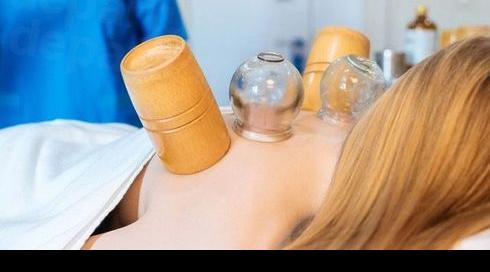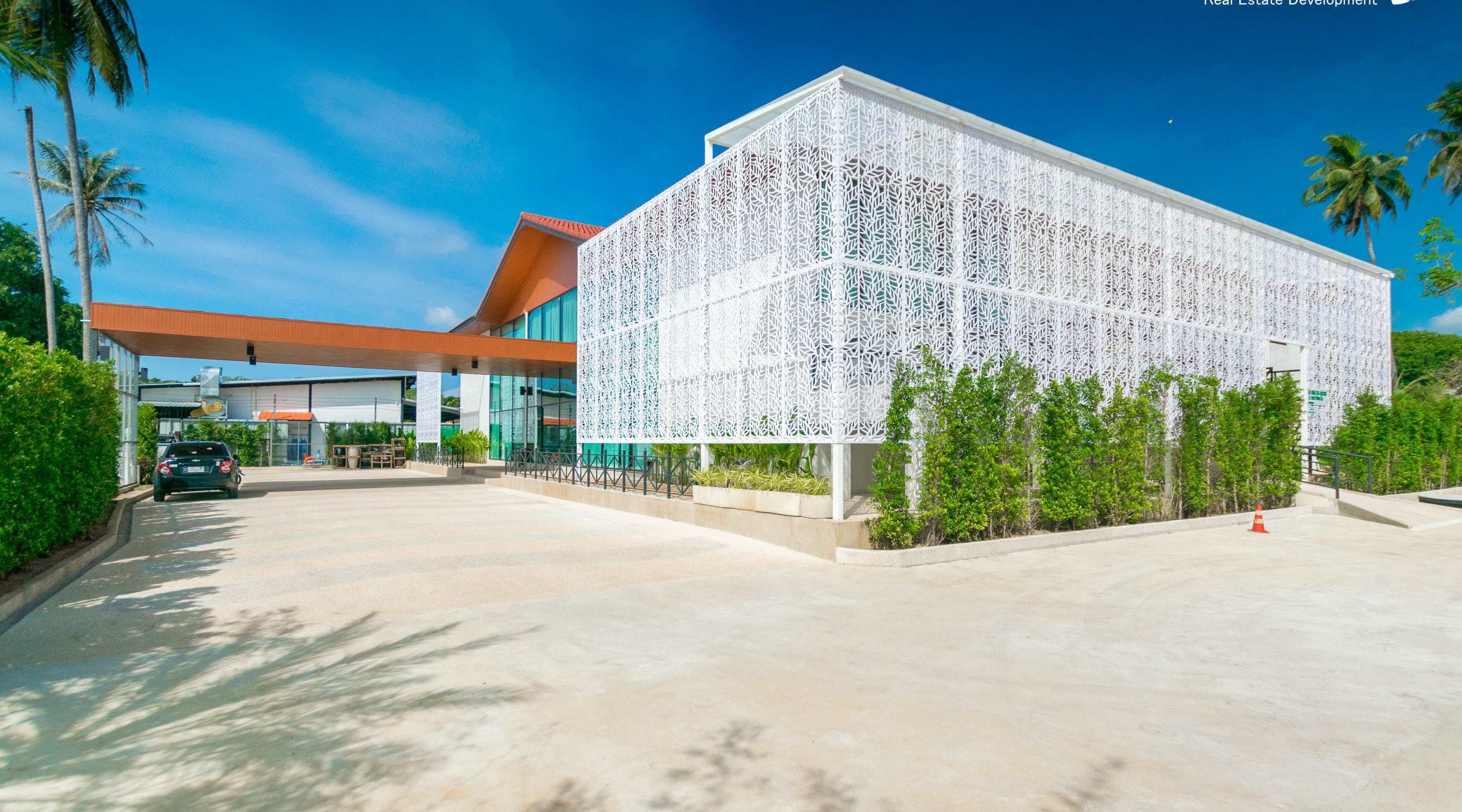Facial fillers, also known as dermal fillers, are cosmetic treatments designed to restore volume, smoothen wrinkles, and enhance facial contours. As a natural or synthetic substance is injected into the skin, these fillers provide a plumping effect, addressing common signs of aging such as wrinkles, lines, and volume loss.
Benefits of using facial fillers
The use of facial fillers offers numerous benefits, including the restoration of a more youthful appearance, improved facial contours, and enhanced self-confidence. While skincare can address certain signs of aging, fillers provide a non-surgical solution for tackling deeper lines, hollow areas, and volume loss.
Brief history of facial fillers
The history of facial fillers dates back to the early 20th century, with the first attempts involving substances like paraffin and silicone. However, modern advancements have led to safer and more effective options. The introduction of hyaluronic acid and other biocompatible materials has revolutionized the field of facial rejuvenation.
Types of Facial Fillers
Overview of different types of facial fillers
Facial fillers come in various types, including hyaluronic acid, collagen, and synthetic options. Hyaluronic acid fillers, like those offered at Lyfe Medical Wellness using Juvederm, are popular for their natural-looking results and versatility. Collagen-based fillers and synthetic fillers also play a role in addressing specific aesthetic concerns.
When considering facial fillers, it's essential to understand the various types available, their specific applications, and what to expect during and after the procedure. This guide will cover the key aspects of hyaluronic acid, collagen, and synthetic fillers, the recommended fillers for different facial areas, and the procedural steps and post-procedure care.
Comparison of Different Types of Fillers
Hyaluronic Acid Fillers:
- Characteristics: Highly hydrating, gel-like substance naturally found in the skin.
- Longevity: Typically lasts 6-12 months.
- Application Areas: Versatile for lips, cheeks, nasolabial folds, and under-eye areas.
Collagen Fillers:
- Characteristics: Made from purified collagen; provides structure and firmness.
- Longevity: Shorter duration than hyaluronic acid, usually around 3-4 months.
- Application Areas: Ideal for fine lines and wrinkles, and lip enhancement.
Synthetic Fillers:
- Characteristics: Made from synthetic materials; often provide longer-lasting results.
- Longevity: Can last from 1 to 2 years, depending on the type.
- Application Areas: Suitable for deep wrinkles, volume loss, and facial contouring.
Filler Selection for Specific Facial Areas
- Lines Around Mouth: Hyaluronic acid and collagen fillers, including Juvederm, are commonly used.
- Cheek Augmentation: Hyaluronic acid or synthetic fillers, such as Juvederm, for more pronounced enhancement.
- Lip Plumping: Hyaluronic acid and collagen fillers, including Juvederm, for natural softness.
- Under-Eye Hollows: Hyaluronic acid fillers, like Juvederm, due to their smooth consistency.
What to Expect During the Procedure
Preparing for the Procedure
- Consultation: Discuss individual concerns and goals with a professional.
- Pre-Procedural Guidelines: Adherence to certain guidelines to minimize risks and improve outcomes.
The Injection Process
- Consultation and Planning: Assessment and selection of the appropriate filler.
- Preparation of the Treatment Area: Cleansing and numbing for a comfortable experience.
- Strategic Injection Points: Carefully chosen injection sites for desired results.
- Real-Time Assessment: Adjustments made during the procedure for optimal outcomes.
- Minimally Invasive Nature: Minimal discomfort and quick return to daily activities.
Post-Procedure Care and Side Effects Management
Common Side Effects: Swelling, bruising, redness, tenderness; usually temporary.
Management: Cold compresses for swelling, arnica for bruising, gentle skincare for redness.
Rarer Complications: Infection and allergic reactions; prompt reporting to the practitioner is crucial.
By understanding the different types of fillers, their specific applications, and the procedural expectations, individuals can make informed decisions and prepare adequately for facial filler treatments. It's always recommended to consult with a qualified professional to determine the most suitable type of filler for individual needs and goals.
Aftercare and Recovery
After receiving facial fillers, appropriate aftercare and understanding the recovery process are essential for maintaining the best results and minimizing any potential complications.
What to Do After Getting Facial Fillers
- Avoid Strenuous Activities: For at least 24-48 hours post-procedure, it’s recommended to avoid intense physical activities. This helps in reducing swelling and bruising.
- Stay Hydrated: Drinking plenty of water aids in maintaining the filler's hydration, especially for hyaluronic acid-based fillers.
- Skip Certain Skincare Products: Avoid using products containing retinol or other harsh ingredients for a few days as they might irritate the treated areas.
- Sun Protection: Protect the skin from excessive sun exposure. Use a broad-spectrum sunscreen to prevent any damage to the treated area.
- Avoid Heat Exposure: Stay away from saunas, hot tubs, or hot showers for a few days as heat can exacerbate swelling.
- Sleep Position: Try to sleep on your back to avoid putting pressure on the treated areas, which can potentially displace the filler.
- No Alcohol: Avoid alcohol for at least 24 hours as it can increase the risk of bruising and swelling.
- Follow-Up Appointments: Keep any scheduled follow-up appointments with your practitioner for assessment and potential touch-ups.
- Longevity of Filler Results
Duration: The longevity of facial fillers varies based on the type of filler used:
Hyaluronic acid fillers: 6-12 months.
Collagen fillers: 3-4 months.
Synthetic fillers: 1-2 years.
Factors Influencing Longevity: Metabolism rate, lifestyle, and the area treated can influence how long the results last.
Maintenance Treatments: Periodic follow-up treatments might be necessary to maintain the desired effect.
Potential Risks and Complications
Common Side Effects: These include temporary swelling, redness, and bruising at the injection sites.
Rarer Complications: Infection, allergic reactions, or filler migration. These are uncommon but possible.
Importance of Professional Selection: Ensuring the procedure is carried out by a qualified and experienced practitioner significantly reduces the risk of complications.
Immediate Medical Attention: If any signs of severe complications such as intense pain, skin discoloration, or vision problems occur, seek immediate medical attention.
By adhering to these aftercare guidelines and understanding both the longevity and potential risks of facial fillers, individuals can effectively manage their recovery and enjoy their rejuvenated appearance with confidence. Remember, selecting a qualified professional and adhering to their specific aftercare advice is crucial for the best possible outcome.
Who is a Candidate for Facial Fillers
Ideal Candidates for Facial Fillers
Facial fillers can be a transformative cosmetic option for individuals seeking to enhance their facial features. The ideal candidates for facial fillers typically exhibit certain characteristics, including:
- Age Range: While there isn't a strict age limit, candidates are often between 30 and 60 years old. Younger individuals may not require fillers, while older individuals may benefit from more extensive procedures.
- Skin Condition: Ideal candidates have good skin elasticity and are generally in good health. The presence of mild to moderate wrinkles, lines, or volume loss can make someone a suitable candidate.
- Aesthetic Goals: Individuals with realistic expectations and specific aesthetic goals are well-suited for facial fillers. Whether aiming to reduce wrinkles, restore volume, or enhance specific facial features, clear communication with the practitioner is essential.
Highlighting these characteristics helps potential candidates assess their suitability for facial filler treatments.
Contraindications for Facial Fillers
Despite the benefits, there are situations where caution or avoidance of facial fillers is recommended. Contraindications may include:
Medical Conditions: Certain medical conditions, such as autoimmune disorders or allergies to filler ingredients, may contraindicate the use of facial fillers. A thorough medical history discussion with the practitioner is crucial.
Pregnancy and Breastfeeding: As a precautionary measure, women who are pregnant or breastfeeding are generally advised to postpone facial filler treatments.
Current Medications: Individuals on blood-thinning medications or those with a history of keloid scarring may need special consideration.
Providing information on contraindications ensures that potential candidates are aware of situations where the procedure may not be recommended.




